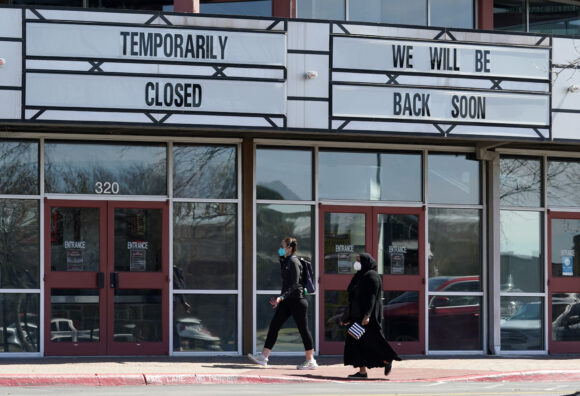The COVID-19 pandemic corresponded with an unusual decrease in workers’ compensation claim severity, while claim frequency was pretty much unchanged, according to a report released Wednesday by the National Council on Compensation Insurance.
NCCI said average claim severity for lost-time claims decreased by about 6% in 2020, the first time that has happened in four years. Claim frequency dropped by about 0.1% when COVID-19 claims are included, but 6.8% if COVID claims are excluded from the count.
The data comes from the 37 states and the District of Columbia, where NCCI acts as a statistical agent.
In general, claim frequency has declined year after year for decades, but those declines are usually offset by an increase in claims severity. NCCI data since 2000 shows average severity increased every year except for 2010, 2012 and 2015.
The report says the pandemic increased the number of small claims. While claims that cost less than $5,000 make up 25% of all claims in accident year 2020, they made up almost 90% of workers’ compensation claims for COVID-19. The frequency of claims that cost less than $5,000 increased by 21% in 2021, contributing to the decline in overall claims severity.
NCCI said changes in claim frequency and severity varied by industry group. Office and clerical classification saw the largest declines; a 5% drop in frequency and a 16% reduction in severity.
“This may be due to having fewer on-site workers as the pandemic caused remote work to become more prevalent,” the report says.
Reported COVID-19 claims caused an increase in claim frequency for the goods and services group, which includes hospital workers. Frequency also increased for the miscellaneous industry group, which includes police officers. Severity decreased for those groups, but not as much as for office and clerical.
A slowdown in work-related travel may have contributed to the reduction in claim frequency. The number of workers’ comp claims caused by motor vehicle accidents declined 14.5% in 2020. The largest reduction was enjoyed by the office and clerical group, where employees could more easily work from home.
On the other hand, class codes that included essential workers such as garbage collectors, letter carriers and fast-food restaurant employees saw increases in motor vehicle accident frequency.
Fewer occupational disease and cumulative trauma claims helped drive the overall reduction in claims frequency. NCCI said some experts were concerned that remote work assignments might increase ergonomic challenges that could drive more cumulative trauma claims, such as for carpal tunnel syndrome. However, claims frequency in the cumulative trauma and occupational illness category actually decreased more than the average for all claim types, the report says.
NCCI communications manager Cristine Pike said it is too soon to say if the declining severity is continuing in 2021.
“However, preliminary insights provided by the industry indicate that while 2021 frequency may be expected to be higher than 2020, the long-term downwards trend in frequency may continue (i.e., 2021 frequency may come in lower than 2019),” she said in an email.
A reduction in severity was not observed in California, where the legislature passed a law that created a rebuttable presumption that any COVID-19 contracted by workers exposed to the public is an occupational disease. NCCI did not include California data in its report.
An annual report released by the California Workers’ Compensation Insurance Rating Bureau in July said that the average cost of indemnity benefits for lost-time claims increased by 8% in 2020, while the average medical cost dropped 1.8%.
Lost-time claim frequency also increased by 8% in California, driven by COVID-19 filings. Excluding COVID-19 claims, frequency declined by 6%, the WCIRB report says.
Was this article valuable?
Here are more articles you may enjoy.


 First Brands Judge Approves Examiner to Probe Fraud Allegations
First Brands Judge Approves Examiner to Probe Fraud Allegations  Surging Oil Tanker Insurance Points to Growing Black Sea Chaos
Surging Oil Tanker Insurance Points to Growing Black Sea Chaos  Cyber Breach Affected 750,000 Canadian Investors, Regulator Says
Cyber Breach Affected 750,000 Canadian Investors, Regulator Says  Bayer Gets Supreme Court Hearing in Challenge to Roundup Suits
Bayer Gets Supreme Court Hearing in Challenge to Roundup Suits 